Ivan Maksimov
Addressing Cold Start in Recommender Systems with Hierarchical Graph Neural Networks
Sep 07, 2020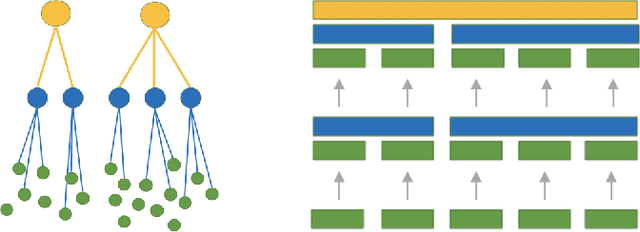
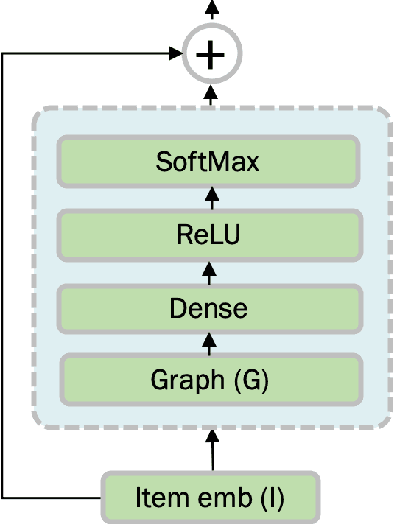
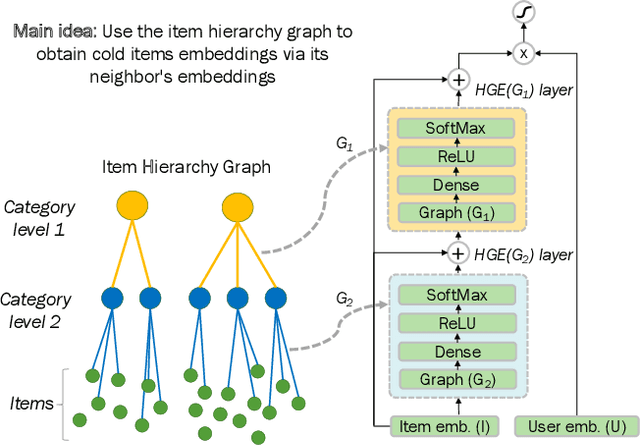

Abstract:Recommender systems have become an essential instrument in a wide range of industries to personalize the user experience. A significant issue that has captured both researchers' and industry experts' attention is the cold start problem for new items. In this work, we present a graph neural network recommender system using item hierarchy graphs and a bespoke architecture to handle the cold start case for items. The experimental study on multiple datasets and millions of users and interactions indicates that our method achieves better forecasting quality than the state-of-the-art with a comparable computational time.
Topological Data Analysis of Time Series Data for B2B Customer Relationshop Management
May 26, 2019
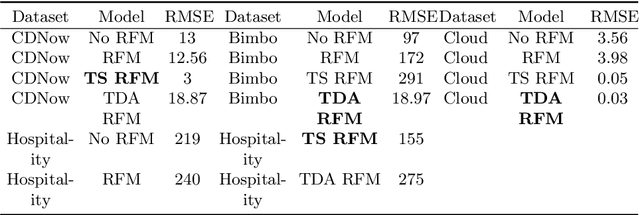
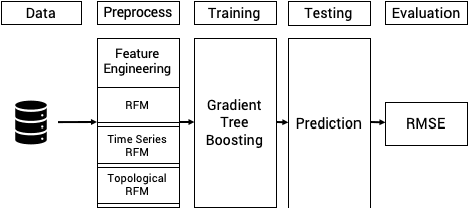
Abstract:Topological Data Analysis (TDA) is a recent approach to analyze data sets from the perspective of their topological structure. Its use for time series data has been limited to the field of financial time series primarily and as a method for feature generation in machine learning applications. In this work, TDA is presented as a technique to gain additional understanding of the customers' loyalty for business-to-business customer relationship management. Increasing loyalty and strengthening relationships with key accounts remain an active topic of discussion both for researchers and managers. Using two public and two proprietary data sets of commercial data, this research shows that the technique enables analysts to better understand their customer base and identify prospective opportunities. In addition, the approach can be used as a clustering method to increase the accuracy of a predictive model for loyalty scoring. This work thus seeks to introduce TDA as a viable tool for data analysis to the quantitate marketing practitioner.
* 9 pages, 2 figures, 1 table
Demand forecasting techniques for build-to-order lean manufacturing supply chains
May 20, 2019

Abstract:Build-to-order (BTO) supply chains have become common-place in industries such as electronics, automotive and fashion. They enable building products based on individual requirements with a short lead time and minimum inventory and production costs. Due to their nature, they differ significantly from traditional supply chains. However, there have not been studies dedicated to demand forecasting methods for this type of setting. This work makes two contributions. First, it presents a new and unique data set from a manufacturer in the BTO sector. Second, it proposes a novel data transformation technique for demand forecasting of BTO products. Results from thirteen forecasting methods show that the approach compares well to the state-of-the-art while being easy to implement and to explain to decision-makers.
* 10 pages, 2 figures
 Add to Chrome
Add to Chrome Add to Firefox
Add to Firefox Add to Edge
Add to Edge